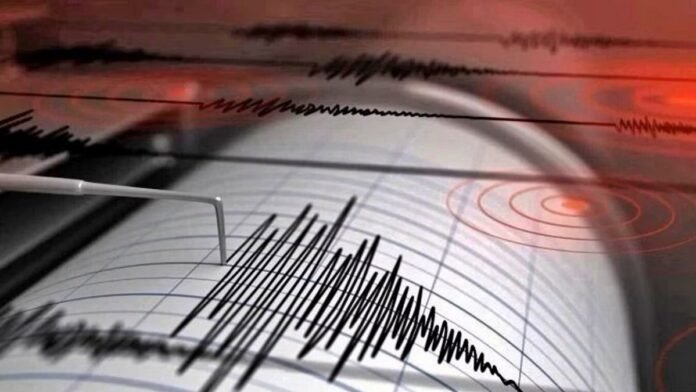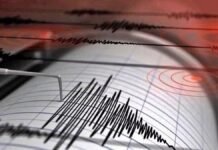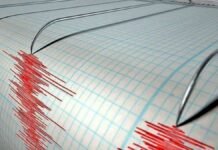
Key Highlights
- Earthquake Details: A 6.8-magnitude quake struck near Miyazaki prefecture in southwestern Japan late Monday at a depth of 36 km.
- Tsunami Alerts: Small tsunamis, measuring up to 20 cm, were detected in the region, with warnings of waves up to 1 meter.
- No Damage or Injuries: Authorities confirmed no immediate injuries or significant damage in the affected areas.
- Japan’s Seismic Activity: The country, situated on the Pacific “Ring of Fire,” experiences 18% of the world’s earthquakes annually.
Tokyo: A powerful 6.8-magnitude earthquake struck southwestern Japan late Monday night, prompting tsunami warnings and precautionary measures in coastal areas. The quake occurred at approximately 9:19 PM local time, with its epicenter located about 18 kilometers off the coast of Miyazaki prefecture in the Kyushu region at a depth of 36 kilometers, according to the US Geological Survey.
Tsunami Alerts Triggered
The Japan Meteorological Agency (JMA) swiftly issued warnings of potential tsunami waves reaching up to 1 meter (3 feet) in height. Shortly after, small tsunamis of approximately 20 centimeters were observed at two regional ports.
“Tsunamis can strike repeatedly. Please do not enter the sea or approach coastal areas until further notice,” the JMA cautioned via social media platform X.
Calm After the Tremor
Despite the magnitude of the earthquake, there were no reports of injuries or visible damage. Public broadcaster NHK aired live footage from the affected regions, showing normal traffic conditions, operational vessels, and calm seas. Residents were advised to remain vigilant as aftershocks were possible.
Japan’s Vulnerability to Earthquakes
Japan is no stranger to seismic activity, being located at the intersection of four major tectonic plates along the Pacific “Ring of Fire.” The country experiences approximately 1,500 tremors annually and accounts for around 18% of the world’s earthquakes.
In March 2011, Japan endured one of its most devastating quakes—a 9.0-magnitude tremor off the northeastern coast—triggering a massive tsunami and the Fukushima nuclear disaster.
Preparedness Saves Lives
Japan’s advanced early warning systems and strict building codes have been pivotal in minimizing casualties and damage during such natural disasters. Monday’s earthquake serves as a reminder of the importance of preparedness in a seismically active region.
Authorities have urged residents and visitors in the Kyushu region to remain cautious, avoid coastal areas, and follow updates from official channels. While life has quickly returned to normal in the affected areas, experts warn that the risk of aftershocks or further seismic activity cannot be ruled out.
This incident underscores Japan’s resilience and preparedness in the face of frequent natural calamities, reaffirming the critical role of technology and community awareness in mitigating disaster risks.



















































